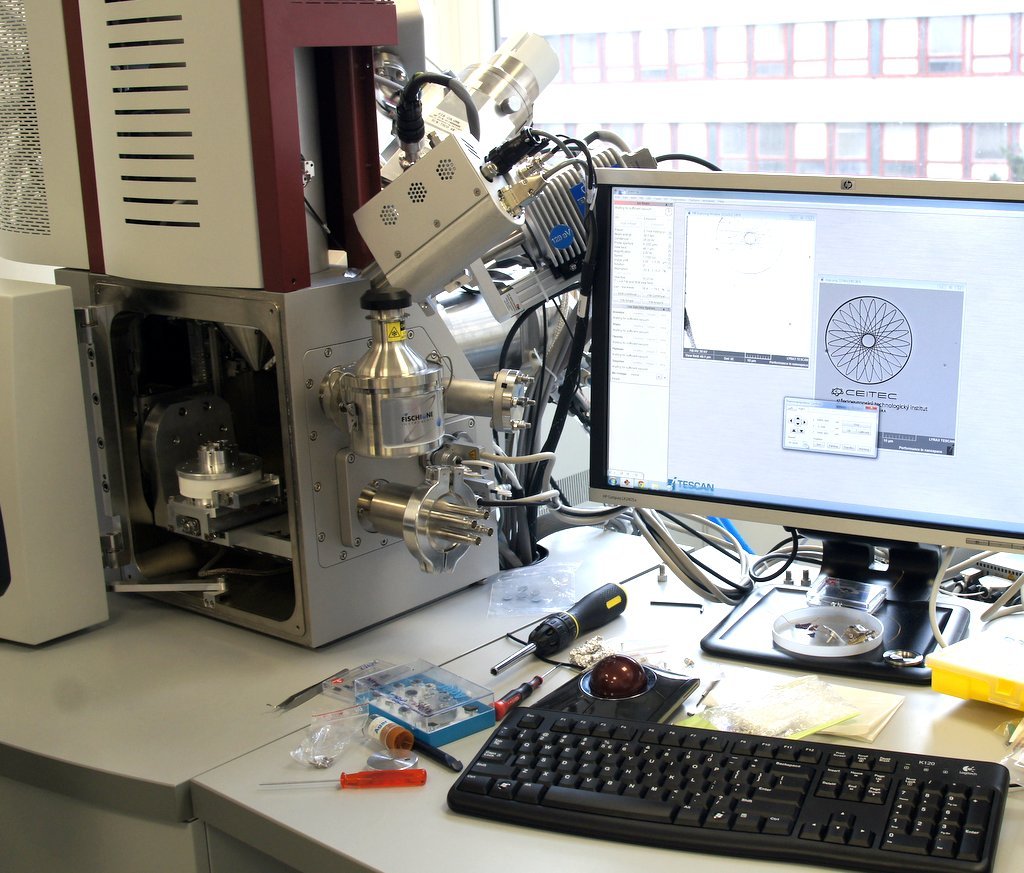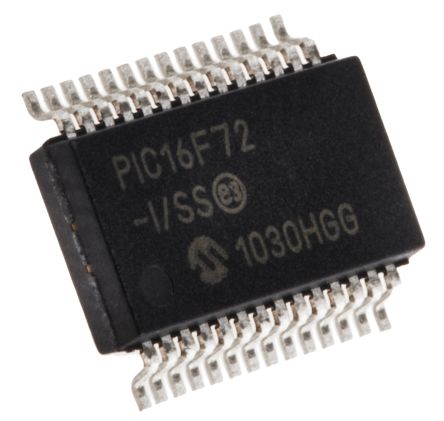Break Microchip MCU PIC16LF72 Binary
Break Microchip MCU PIC16LF72 Binary content is a process to restore embedded firmware code from microcontroller PIC16LF72 mcu flash memory after decap microprocessor pic16lf72 flash memory;

Is an 8-bit bi-directional I/O port with internal pull-ups. Port 2 pins that have 1’s written to them are pulled high by the internal pull-ups and can be used as inputs in this state. As inputs, Port 2 pins that are being pulled low externally will be a source of
current (IIL, see section “Electrical Characteristic”) because of the internal pull-ups. Port 2 emits the high-order address byte during accesses to the external Program Memory and during accesses to external Data Memory that uses 16-bit addresses (MOVX @DPTR) when extracting microchip pic16f72 code. In this application, it uses strong internal pull-ups when emitting 1’s. During accesses to external Data

Memory that use 8 bit addresses (MOVX @Ri), Port 2 transmits the contents of the P2 special function register. It also receives high-order addresses and control signals during program validation. It can drive CMOS inputs without external pull-ups.
| Is an 8-bit bi-directional I/O port with internal pull-ups. Port 3 pins that have 1’s written to them are pulled high by the internal |
| pull-up transistors and can be used as inputs in this state. As inputs, Port 3 pins that are being pulled low externally will be a |
| source of current (IIL, see section “Electrical Characteristic”) because of the internal pull-ups. |
| The output latch corresponding to a secondary function must be programmed to one for that function to operate (except for |
| TxD and WR). The secondary functions are assigned to the pins of port 3 as follows: |

